
Motorcycle
Evolutional
Contribution
by
an Arms Factory
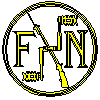 |
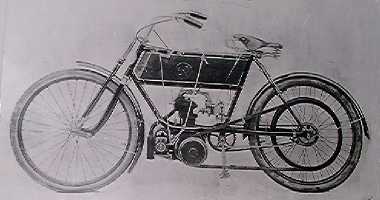 The Belgian arms factory of Herstal, Liege was quick to try new
technics and adapt to new marketsTheir famous and revolutionary inline four cylinder set up a standard
of motorcycle design which other makes would copy for decades to come.
The Belgian arms factory of Herstal, Liege was quick to try new
technics and adapt to new marketsTheir famous and revolutionary inline four cylinder set up a standard
of motorcycle design which other makes would copy for decades to come.Their first motorcycle, however was a traditional single cylinder, automatic inlet little performer, The FN single of 1902 became one of the first Motor Cycles imported and used in Norway. The more expensive fours came a couple of years later to this country, but yet never became common.
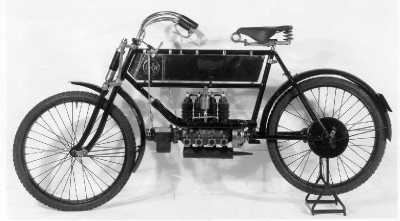
The earliest fours changed a little through the initial years.The first Fours had a single speed shaft drive. All through the series they were made with a shaft drive.
Ignition was initially by a "single" type magneto coupled to a distributor unit. The earliest version were single speed, and only a clutch provided a neutral. In 1907 a two speed device was optional, it was connected inline with the driveshaft and then more details were improved and even more equipment added through the years..
The nimble 473 cc fourcylinder has splash lubrication of the cranks and one can actually see the condition of this through little glass windows in the bottom crankcase.
My 1907 FN four engine actually came from Sweden where its last service was as a silent little inboard engine of a leisure vessel in the rivers of Dalarna for many years.I have soldered off beautifully made copper boxes that provided water a water jacket for the fins of the top and I understand this was a practise for other old motorcycle engines too.
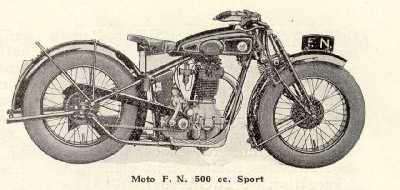
The early fours and singles of the Belgian factory grew both in capacity and size through the years. They lost out in the market as other marques became more popular here in the 'teens.
The war also made its contribution but by the early 1920s only a few singles were imported and then mostly the ohv 500cc and 350cc for their achievements and possibilities within motor sports. Then towards the end of the 1920s the FNs were great sellers again together with other Belgian makes like Sarolea and Gillet.
The FN M67, the 500 cc OHV, were now the top of their line and it became a favourite with its performance and simplicity of construction. My 1930 model M 67C was originally a "Whalers" bike, and was never used in sports The factory line at this stage comprised motorcycles with Over-Head-Valve and SideValve 500cc and 350 cc engines. I also have one of their best seller of that era , the M70 C.
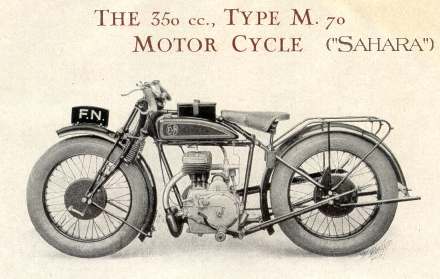
The greatest seller of the "Fabrique Nationale des Arms de Guerre"were however the M70, a 350cc sidevalve which had been promoted by a factory sponsored publicity stunt. Four Riders on specially equipped M70s had traversed the desert Sahara and made it all the way in roadless terrain to the central African colonies of Belgium in 1927
They duly named a version of their 350s the "Sahara" and people got to read about the excitement and struggles riding motorcycles through the darkest parts of Africa in books and magazines of the day. Because of the ruggednes and reliability of this little 350, it was also nick named "the Elephant Kid"
The M70 FN 350 has a sidevalve engine with a car type crankshaft and an unusual, open external flywheel on the right hand side of the bike. It had a compact one piece engine/transmission construction and lubrication oil were held in a sump cast into the bottom of the horisontally split unit construction. It is low and light and runs on balloon beaded edge tyres